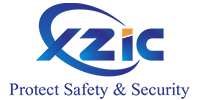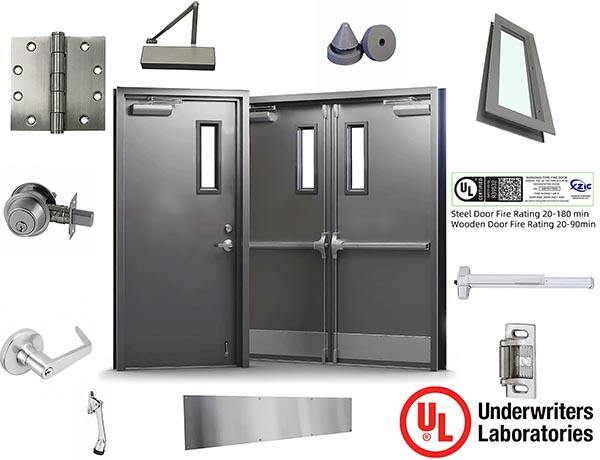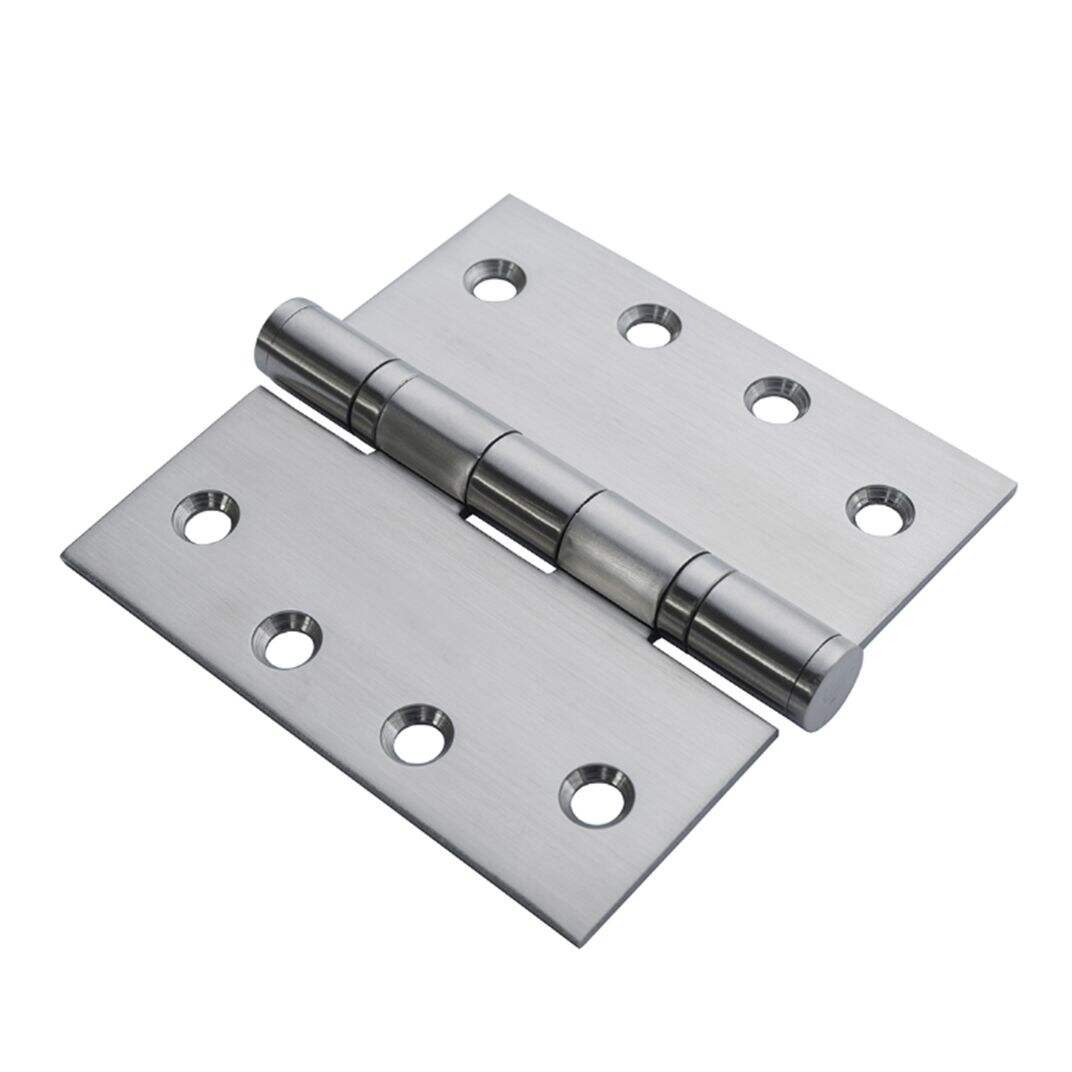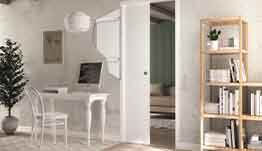Comparison of European and American Door Standards: A Comprehensive Analysis from Materials to Certification
Introduction
As a core component of buildings, doors are subject to stringent regulations regarding safety, durability, and functionality. In Europe and the United States, the manufacturing and installation of doors must comply with their respective standard systems—European Standards (EN) and American Standards (ASTM/ANSI). This article will compare the key differences between European and American doors in terms of material requirements, fire performance, sound insulation ratings, and certification processes.shanghai xunzhong not only can we provide you with comprehensive American standard certificates, but we have also recently passed the EN standard test
1. Differences in Materials and Structure
1.1 European Standard Doors (EN 14351-1)
Primary Materials:
Steel doors: EN 12519 (standard for steel door leaves)
Wooden doors: EN 942 (general requirements for wooden doors)
Fire-rated doors: EN 16034 (requires CE certification)
Structural Requirements:
Strict tolerance for door frame and leaf alignment (±1.5mm).
Hardware (e.g., hinges, locks) must comply with EN 1906 (durability testing).
1.2 American Standard Doors (ANSI/BHMA A156.1)
Primary Materials:
Steel doors: ASTM F90 (commercial steel door standard)
Wooden doors: ANSI/WDMA I.S.1-A (industrial standard)
Fire-rated doors: UL 10C (U.S. fire testing standard)
Structural Requirements:
More lenient tolerances (±2.5mm), adapted to American building frames.
Hardware must meet ANSI/BHMA A156.2 (locks) or A156.18 (hinges) certification.
2. Fire Performance Comparison
2.1 European Fire Doors (EN 13501-2)
Fire Rating Classification:
EI30 (30-minute fire resistance + insulation)
EI60 (60-minute fire resistance + insulation)
E30 (fire resistance only, no insulation)
Testing Standard: EN 1634-1 (fire resistance test)
2.2 American Fire Doors (UL 10C/NFPA 80)
Fire Rating Classification:
20 minutes (non-load-bearing walls)
45/60/90 minutes (per NFPA 80 requirements)
Testing Standard: UL 10C (high-temperature fire test)
3.Sound Insulation Performance Comparison
3.1 European Soundproof Doors (EN 14351-1 + EN ISO 717-1)
Sound Insulation Ratings:
Rw 30dB (basic soundproofing)
Rw 40dB (high soundproofing, e.g., hospitals, hotels)
Testing Method: Laboratory measurement (EN ISO 10140-2)
3.2 American Soundproof Doors (ASTM E90 + STC Rating)
Sound Insulation Ratings:
STC 30 (basic soundproofing)
STC 50 (studio-grade)
Testing Method: ASTM E90 (sound transmission loss test)
4.Certification and Market Access
4.1 European Doors (CE Marking + CPR Regulation)
Mandatory CE certification under the Construction Products Regulation (CPR).
Requires Declaration of Performance (DOP) and Factory Production Control (FPC) documentation.
4.2 American Doors (UL Certification/ANSI Compliance)
No mandatory certification, but UL marks (e.g., UL 10C) enhance market acceptance.
Must comply with the International Building Code (IBC) and local regulations (e.g., California Title 24).
5.Cost and Supply Chain Impact
Aspect European Doors American Doors
Certification Cost High (CE + third-party testing) Low (self-certification, UL optional)
Tolerance Requirements Strict (±1.5mm) Lenient (±2.5mm)
Target Markets EU, Middle East (e.g., UAE) Americas, Asia (e.g., Singapore)
European doors are stricter: Higher requirements for tolerances, fire resistance, and soundproofing, making them suitable for high-end construction.
American doors offer flexibility: Lower certification costs but require attention to local codes (e.g., California Title 24).
Strategic recommendations for manufacturers:
For EN exports: Obtain CE certification and enforce strict production tolerances.
For U.S. market entry: Focus on UL/ANSI standards, especially fire (NFPA 80) and hurricane resistance (Miami-Dade certification).
This comparison demonstrates that differences between European and American door standards affect not only product design but also certification, installation, and legal compliance. Companies engaged in international projects must plan for standard adaptation in advance to avoid costly mistakes.
Service:
If you are interested in fire door and don’t know which is suitable for you project,we can provide you a professional suggestion combine with your favorite
E-mail:[email protected]
Tele/Whatsapp:+86 15903871355

Recommended Products
Hot News
-
UL fire door Regulatory and Certification Requirements
2025-08-08
-
What are the types for fire Doors?
2025-07-12
-
Why Hollow Metal Doors Are a Cost-Effective Long-Term Solution for Businesses
2025-07-23
-
What’s the price difference for UL LISTED FIRE DOOR of mahogany/oak/ beech/walnut veneer finish compared with Formica /TAK/ Wilsonart Laminated finish ?
2025-07-31
-
What is MDF (medium-density fiberboard) Door?
2025-06-15
-
Essential Aspects of UL Metal Fire Door Inspection
2024-01-02
-
XZIC Delivers Superior Quality UL Fire Doors to Our Valued Client in Qatar
2024-01-02
-
Can hollow metal doors be insulated?
2024-01-02
 EN
EN
 AR
AR
 BG
BG
 NL
NL
 FR
FR
 DE
DE
 EL
EL
 IT
IT
 KO
KO
 PL
PL
 PT
PT
 RO
RO
 RU
RU
 ES
ES
 TL
TL
 IW
IW
 ID
ID
 UK
UK
 VI
VI
 TH
TH
 FA
FA
 AF
AF
 MS
MS
 SW
SW
 BE
BE
 UR
UR
 BN
BN
 KM
KM
 LO
LO
 LA
LA
 MI
MI
 MN
MN
 MY
MY
 KK
KK
 MG
MG
 SU
SU
 TG
TG
 UZ
UZ
 KY
KY
 XH
XH











